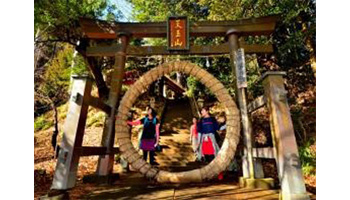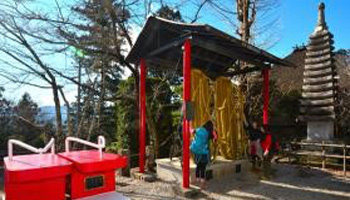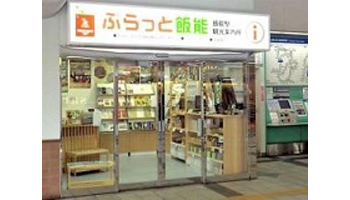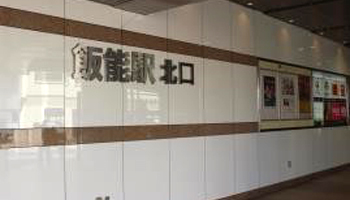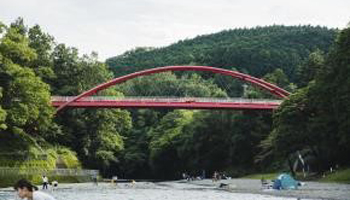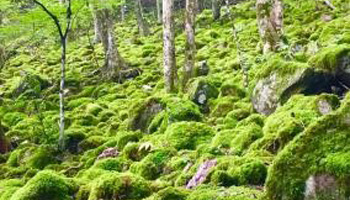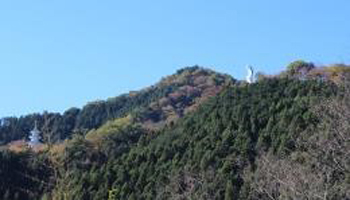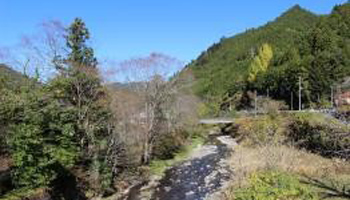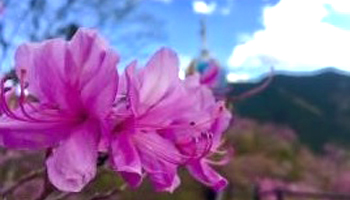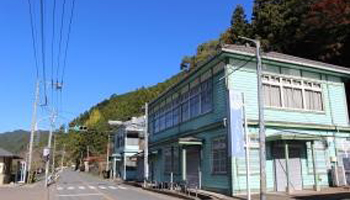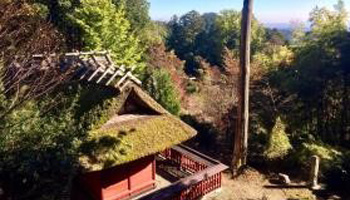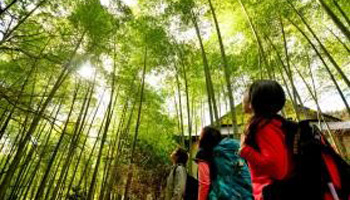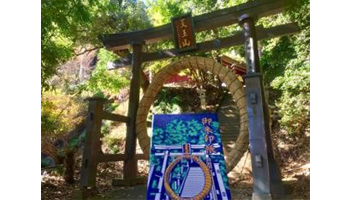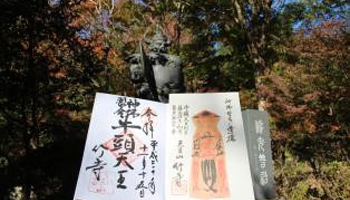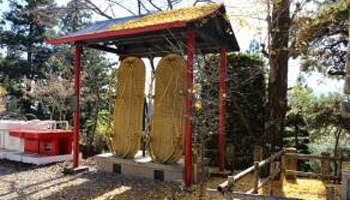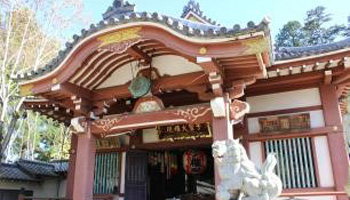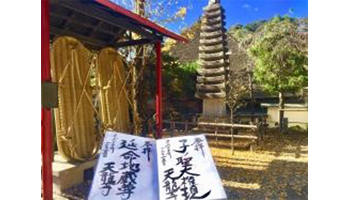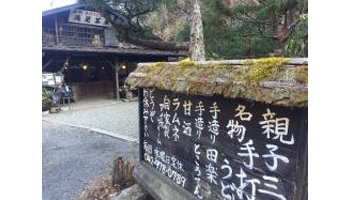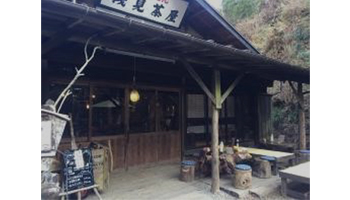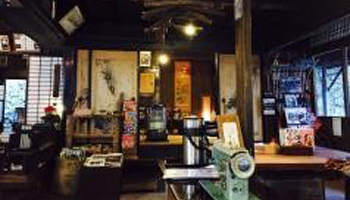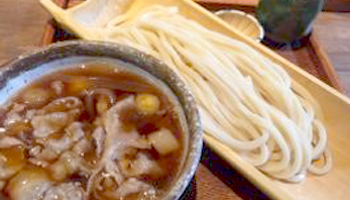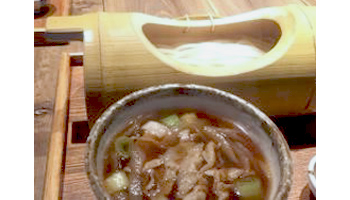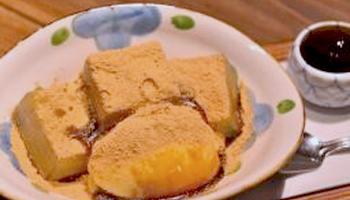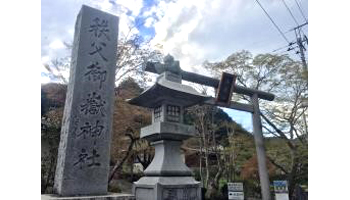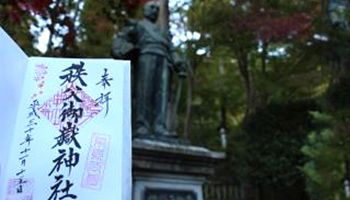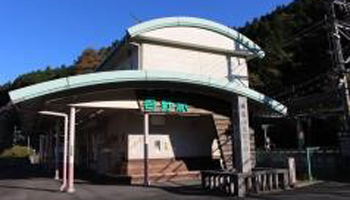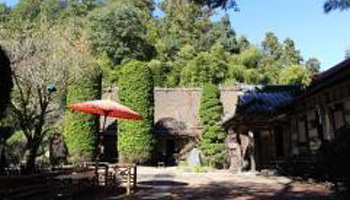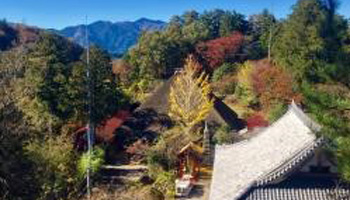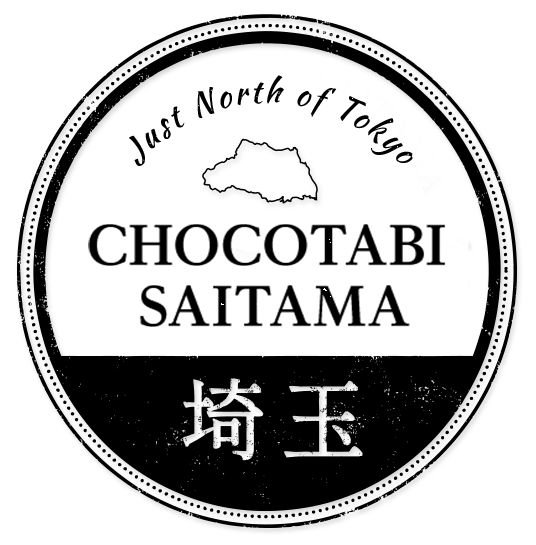Nature Hiking in Hano City, Saitama Prefecture ~A trip visiting shrines and temples while collecting red stamps~
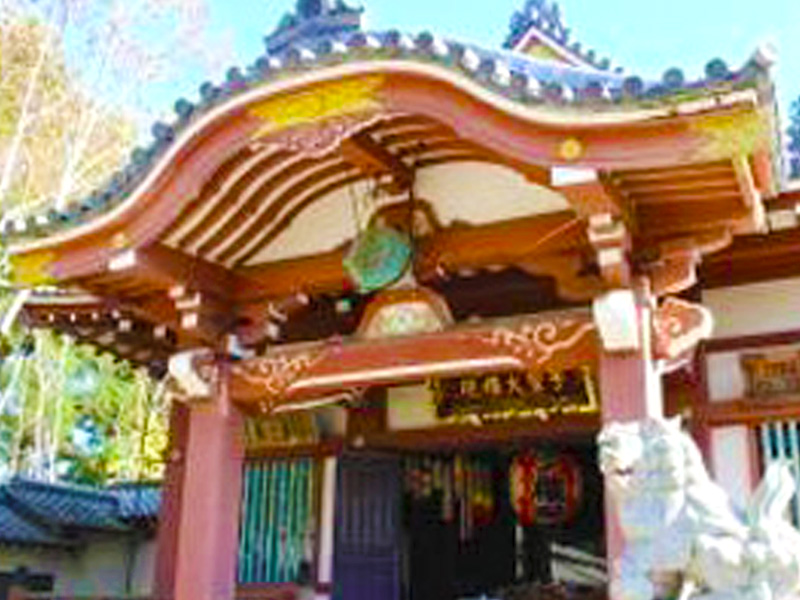
Apr.2019
Hello. I am Hosoda from the Tourism and Ecotourism Promotion Division in Hanno City, Saitama Prefecture.
Today, I will introduce a hiking course that takes you around the shrines and temples in the mountains where you can collect their red stamps.
In the western edge of the Kanto Plain which is centered around Tokyo, there is a sacred place in the Kanto Mountains that connects the north and south regions. There are also shrines and temples such as Take Dera and Ne-no-gongen on the Hanno mountains.
To get to the trailhead near the Hanno City Naguri District Odono Bus Stop, take the bus from the north exit of the Seibu Ikebukuro Line Hanno Station to the International Industrial Bus heading towards Naguri Garage (名栗車庫), Nago, and Yunosawa, which should take about 45 minutes. (680 yen)
You can get to Hanno Station in about 40 minutes by taking the Limited Express Red Arrow from the Seibu Ikebukuro Station in Tokyo.
On the side of the ticket gate of Hanno Station, there is the Hanno Station Tourist Information Center, “Platt (ぷらっと) Hanno”, where you can get local information.
▶Oku Musashi Hanno Tourism Association HP
In addition, there are accommodation facilities around Hanno Station such as the Hotel Heritage Hanno Station, Hanno Daiichi Hotel, and the Oku Musashi Ryokan.
You can see how the scenery changes from the urban area of Hanno to the suburbs and mountainous area from the bus window.
The Naguri River, which runs parallel to the bus route also gradually narrows and turns into a rapid.
The source of the Naguri River is Hanno City, where you can see a beautiful world of moss. (I did not go on that route this time.)
The Hanno City Naguri District, which serves as the trailhead, is a village along the clear Naguri River in the valley of the mountains. When you arrive at the Odono Bus Stop, you can see the Torii Kannon that stands on top of the mountain. The mountain together with the Torii Kannon is a famous spot for autumn leaves (November), and the Rhododendron dilatatum in the spring (April), which dyes the entire mountain in pink.
・Torii Kannon(From the Odono Bus Stop)
・The Naguri River near the Odono Bus Stop
・Torii Kannon Honeywort Azalea
In front of the Odono Bus Stop, there are two green buildings that were used as commercial facilities until a few years ago. This wooden building was built in 1942 and was used as a store and office.
Former Irumano Agricultural Cooperative Association Naguri Branch Building
The trailhead is in front of this building. Here, there are sticks that local people call “nagurizue”, which you can use for hiking. It is very useful for climbing steep hills. Please leave it at the temple or at the station after you use it.
For the first destination, “Take Dera”, you will need to head towards the mountain and start climbing up the cedar forest.Hanno once produced high quality wood called “Nishikawa lumber”, which was assembled into raft and was moved to Edo (Tokyo) during the Edo period. It is thought that a lot of the Nishikawa lumber wa used for the development of towns in Edo. The name Nishikawa lumber comes from how the wood was sent on the river (kawa) west (nishi) of Edo. Most of the current cedar forests were planted later.
There will be a fork in the road once you have climbed for about 40 minutes. If you head to the right, it will take you to the bell tower of Take Dera. The bell tower is where the temple hangs there bell that rings to tell the time.
I will head to the bell tower today.
Walk for about 5 minutes and you can see the bell tower appear at the top.
The view is good here, and you can look down at the village of Naguri, where the trailhead is located, and the Torii Kannon.
You can get a glimpse of the roof of Take Dera’s main building from among the trees about 5 minutes before you get to the bell tower. Take Dera will suddenly appear in the mountains and you can feel how spiritual this place is in the mountain faith so visitors feel calm here.
The purpose of this mountain trip is to collect stamps. I bought the Take Dera original stamp book and immediately got the stamp.
I wanted to stay here forever, but I had to start heading to the next destination, Ne-no-gongen.
Walk on the mysterious cedar-lined path to Ne-no-gongen. On the way, the moss that has sprouted on a brightly lit tree stump will be a treat to your eyes.
It will take about 1 hour to get to Ne-no-gongen. The temple is on the top of the mountain so it has a good view and you can see the mountains of the Oku Musashi area of Saitama Prefecture, and the Tokyo Sky Tree and skyscrapers of Tokyo on sunny days. By the way, the elevation of Ne-no-gongen is about 640m, the same height as the Tokyo Sky Tree (640m).
Ne-no-gongen was founded in 911 AD and is where the 11-faced Kannon was enshrined for the first time. There is a practice of dedicating footwear to Honzon and making wishes in the past, and the temple has Japan’s best iron waraji (straw sandals), which weighs 2 tons, and is the symbol of that faith.
You can get stamps at this temple as well. There are three types of stamps here. Since this temple has large iron waraji, there are waraji shaped ema.
There is also a large hand object that is comparable to the iron waraji on the grounds. There is also a large statue of Niou at the temple gate, and you can enjoy lots of other big things in this temple.
I will go to the Togo Park Chichibu Ontake Shrine while the Niou statue sees me off. I stopped at Asami Chaya on the way for lunch.
The traditional house that appears after you leave the mountain trail is Asami Chaya.
It was founded close to 90 years ago in 1932, but the storehouse is an old house that was built in 1855.
When you step into the store, the old building is lit by a warm light while jazz flows, and you can feel the calm atmosphere throughout your whole body.
Udon is this shop’s specialty.
There were not many lands suitable for paddy fields in Hanno City and wheat cultivation was popular, so udon was frequently eaten at home. It was also eaten at important ceremonies for milestones in people’s lives. Therefore, Hanno udon shops have been trained and nurtured by udon lovers.
The bamboo bowl for the udon at Asami Chaya attracts a lot of attention.
They serve cold udon, warm udon, and hot pot cooked udon that can warm you up in the winter. You can feel the high level of the different delicious Hanno udon.
You can also enjoy tasty sweets at this shop after your meal. The feeling then changes from an udon shop to a cafe.
When your stomach and mind are full, you can start heading to the Togo Park Chichibu Ontake Shrine.
It takes about 40 minutes on an easy road, and you will find the entrance of the Togo Park Chichibu Ontake Shrine when the rapids of Hanno City, Koma River, starts. Hanno City is also the origin of the Koma River.
I got the stamp at the office and proceeded through the tunnel of bright red autumn leaves. This park is deeply connected to Togo Heihachiro who led Japan to victory during the Russo-Japanese War. Russo-Japanese War relics and memorials are scattered around the park.
▶Togo Park Chichibuontake Shrine HP
During the autumn colors of November, the trees will be lit up at night. The symbol of this park is the bronze statue of Togo Heihachiro. The fall foliage season makes this a popular spot for visitors to take pictures.
I also recommend the season of fresh green trees.
If you walk for a while from the Togo Heihachiro statue and climb up 600 steep steps, you will arrive at the Chichibu Ontake Shrine. This Shinto shrine is the head temple of the Shinshu Kiso Otakeyama of the Otaki faith which is dedicated to the deity’s spirit, with the Togo Park as the shrine gardens.
From here you can see the Tokyo Sky Tree in the distance on a sunny day. When you ring the bell of happiness, the tone of happiness sounds throughout the mountains.
I will head to the Seibu Railway Agano Station, which will be the end of the course leaving the Chichibu Ontake Shrine. There is a Seibu Railway track along the promenade to Agano Station so you can see the trains running through the mountains up close.
This mountain trip will come to an end when you arrive at Agano Station, which is about 20 minutes from the entrance of the Chichibu Ontake Shrine. From the station you can overlook the Agano village which was built along the Koma River.
It takes about 20 minutes from Agano Station to Hanno Station, which was the starting point (240 yen). Ikebukuro Station in Tokyo is approximately 60 minutes (1,100 yen) from Hanno by express train. Also, the accommodation in this area is the Kyukamura Oku Musashi. There is a shuttle bus from Agano Station.
This mountain trip that takes you to sacred places in the mountains of Oku Musashi Hanno is a highly satisfying course where you can experience the history and life of Japan’s mountains, as well as the industry and food culture of the area.

